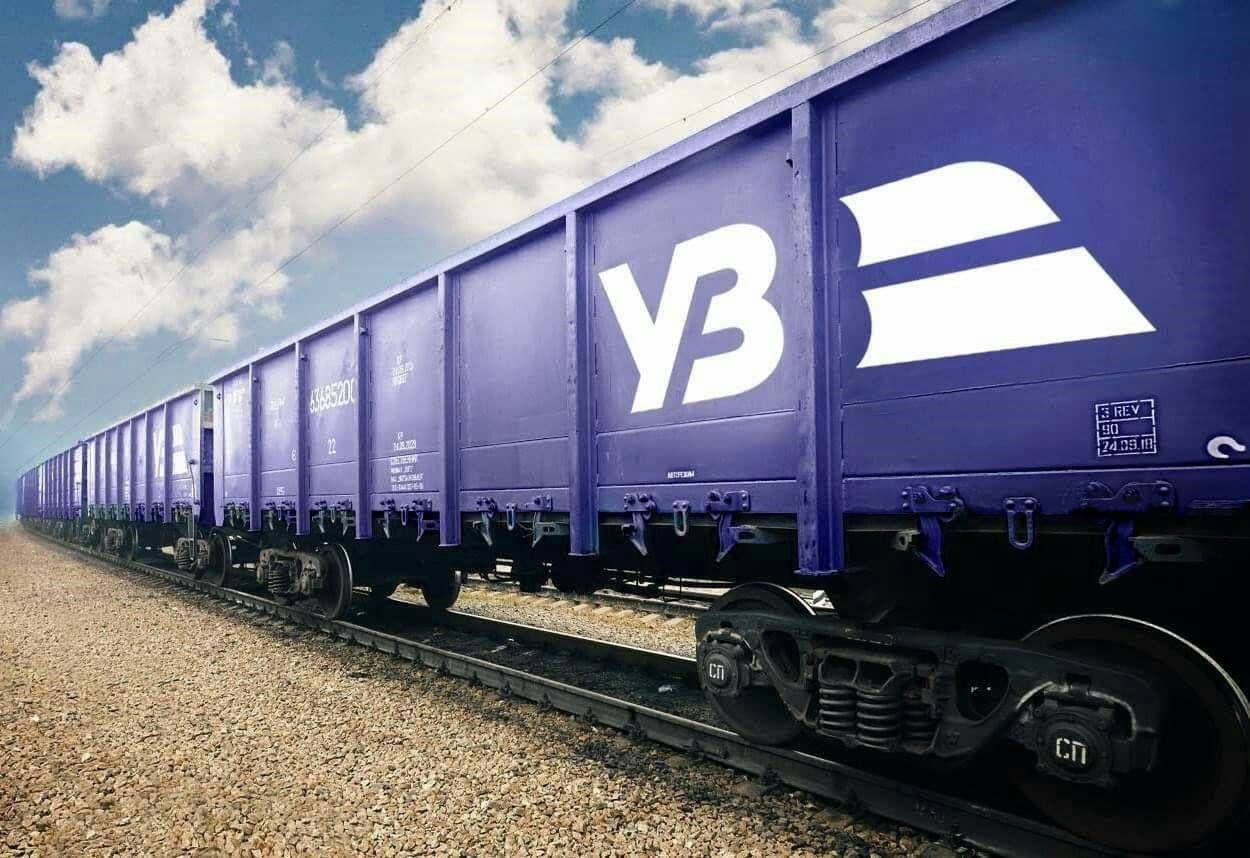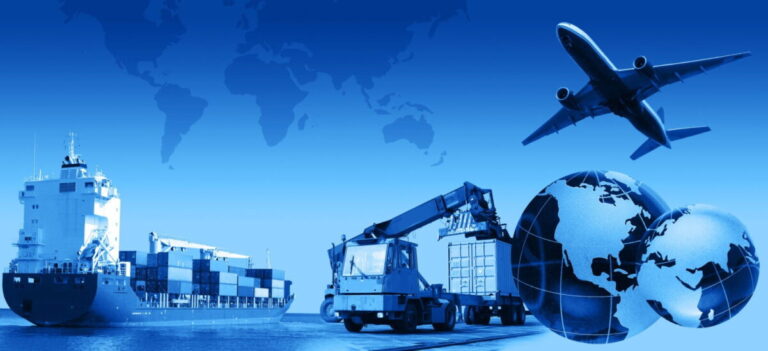
Railway Tariffs, Business, and the Balance of State Policy: Why Indexation of "Ukrzaliznytsia" Rates Is More Than a Revenue Issue
In 2025-2026, JSC “Ukrzaliznytsia” plans to index freight railway tariffs first by 27% in 2025, and then by another 11% from January 1, 2026. The total increase exceeds 40%. These figures are confirmed by the Federation of Transport Employers of Ukraine, which states that the decision has already been approved by the management and supervisory board of “Ukrzaliznytsia” and awaits formal approval by the ministry. Against the backdrop of war, infrastructure destruction, and energy problems, this step has become a new irritant for the entire market.
The freight segment of “Ukrzaliznytsia” has traditionally covered the losses of the passenger segment, which has been subsidized for years. By the end of 2024, profits from freight transportation amounted to about UAH 20 billion, which allowed the company to stay afloat. However, throughout the years of independence, the structural deficit of passenger transportation has never been solved:
“The main problem of ‘Ukrzaliznytsia’ lies not in the level of freight tariffs, but in the chronic multi-billion losses of the passenger segment, which have been covered for decades by profits from freight transportation,” the FRTU emphasizes.
The Business Position: Risks for Production, Export, and Infrastructure
The business community reacts sharply to the new round of tariff increases. Even in 2024, a 37% rate indexation was a painful topic for exporters, and the current plans of “Ukrzaliznytsia” are causing direct resistance from key economic players.
The Ukrainian Grain Association, European Business Association, metallurgists, and agrarians all point to several strategic risks:
- The increase in tariffs may force enterprises to cut production, reduce transportation volumes, or even stop operations altogether.
- Some freight will switch to road transport, leading to increased load on road infrastructure, additional budgetary expenses, and road destruction.
- Export potential and foreign currency revenues will decrease.
- The cost of logistics already exceeds European levels, reaching up to 40% of product cost in some sectors.
The European Business Association directly warns:
“High logistics costs remain one of the key constraints for exports… Due to tariff increases, enterprises are forced to reduce production volumes or switch to road transport, which leads to additional pressure on the country’s budget.”
Impact on the Agricultural Sector: Competitiveness at Stake
For agrarians, the situation looks even more critical: after several waves of indexation since 2021, the grain transportation tariff has already almost doubled. Further increases will undermine the price competitiveness of Ukrainian grain on the world market especially in 2025, when export margins are already minimal due to the war, this could effectively cut off many producers from foreign markets.
The Ukrainian Grain Association emphasizes:
“Such an increase will make the price of grain uncompetitive on the world market, as exporters will have to lower purchase prices due to rising logistics costs, and as a result, agrarians growing grain will suffer even more losses.”
Is This Really the Path to “Ukrzaliznytsia’s” Survival? Financial Efficiency and Strategic Alternatives
It is worth recalling that in 2022–2024, the company repeatedly raised tariffs in an attempt to offset losses from the war, declining volumes, and infrastructure destruction. At the same time, financial results show: even after increases, “Ukrzaliznytsia” remains at risk profits for the first 9 months of 2024 amounted to UAH 1.6 billion compared to UAH 8.2 billion in 2023. Losses of up to UAH 2.5 billion are expected by the end of 2024.
Critics of indexation point out:
“The main problem is not the tariff, but inefficiency of expenses, chronic subsidization of passenger transportation, and weak operational efficiency of the company.”
Business insists: it is more appropriate not to raise tariffs for the freight segment, but to introduce state subsidies for passenger transportation (as is done in the EU), optimize expenses, and improve operational efficiency of “Ukrzaliznytsia.”
Post List
Competitiveness and the Future of the Industry: Why Strategic Choice Is About More Than Money
The main challenge is to maintain a balance between the survival of the state company and the competitiveness of the entire economy. If railway logistics loses its price appeal, it loses its base freight shifts to roads, production contracts, and the budget misses out on foreign exchange earnings and taxes. Ultimately, maintaining “Ukrzaliznytsia” will have to be done not through tariffs, but through direct budget subsidies.
As the Federation of Transport Employers of Ukraine sums up:
“Continuing the irrational policy of raising tariffs in the profitable freight segment to cover passenger losses is a strategically mistaken decision… Such actions may lead to a reduction of the railway’s freight base, loss of competitiveness of Ukrainian transportation, the emergence of a systemic deficit of funds, and the need for significant budgetary injections to support JSC ‘Ukrzaliznytsia.'”
Raising tariffs on freight transportation by “Ukrzaliznytsia” is not just a struggle for the survival of a single state company, but a challenge for the entire Ukrainian economy. According to the logic of recent decisions, the financial burden of passenger transportation is once again shifted onto business and exports, instead of being addressed systematically. In the long run, such a model undermines competitiveness and the country’s transport resilience: enterprises cut volumes, freight shifts to roads, road surfaces deteriorate, and export revenues fall. Ultimately, the budget may lose more than it gains from higher tariffs.
The main challenge for the state today is to find a new formula for cooperation between business and “Ukrzaliznytsia.” This means not just indexing tariffs, but introducing transparent passenger transportation funding policies, optimizing railway expenditures, implementing new operational efficiency standards, and openly discussing real risks and scenarios for the economy.
If this is not done, we risk ending up in a situation where the railway loses its strategic role, and the state its tool of influence on economic security. Today is a key moment to choose not the path of mechanical rate increases, but a truly strategic balance between the interests of the state, business, and society.














